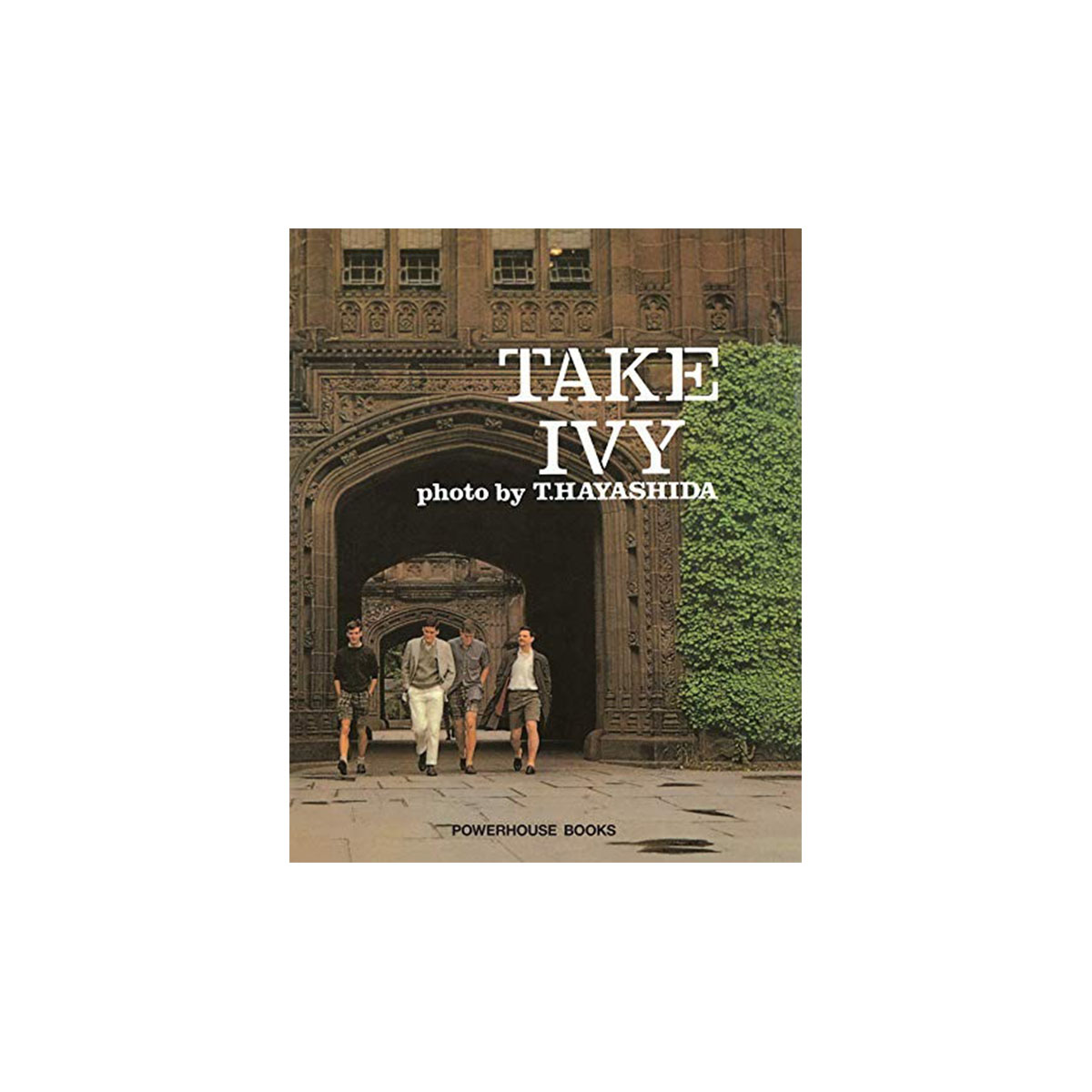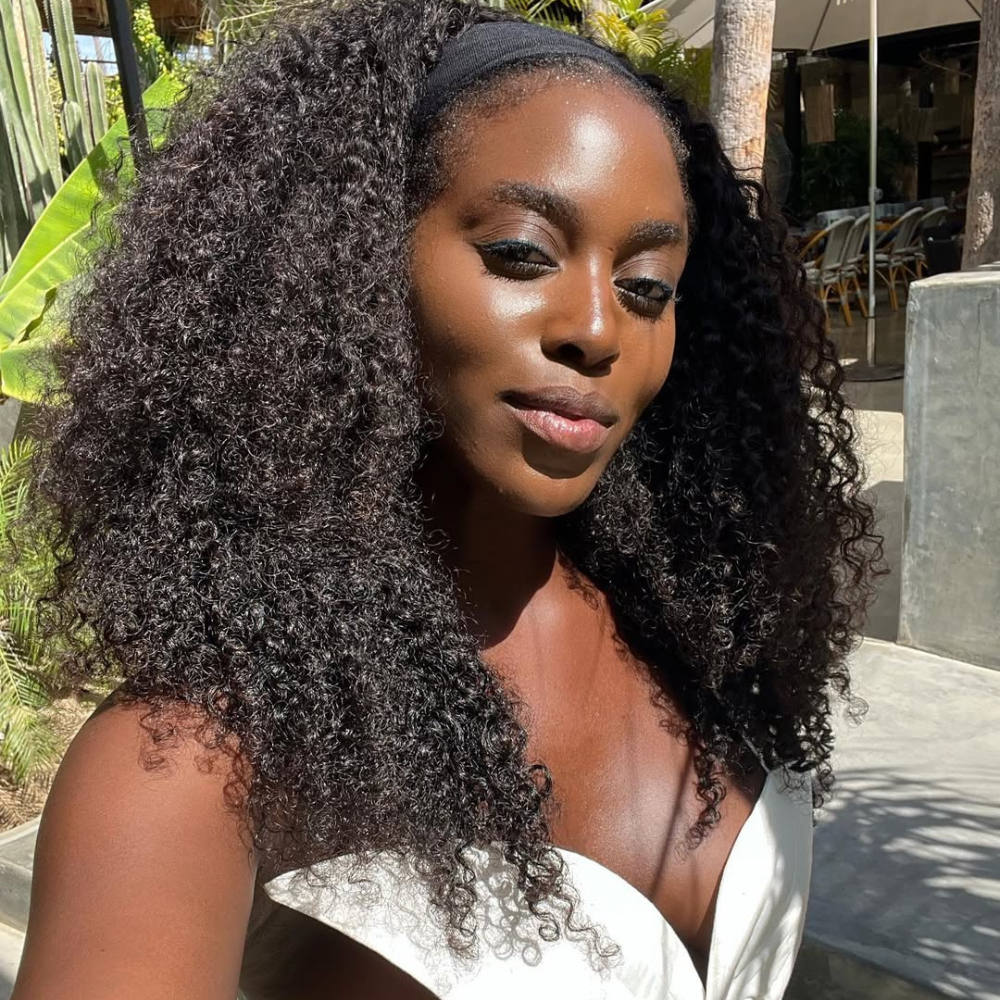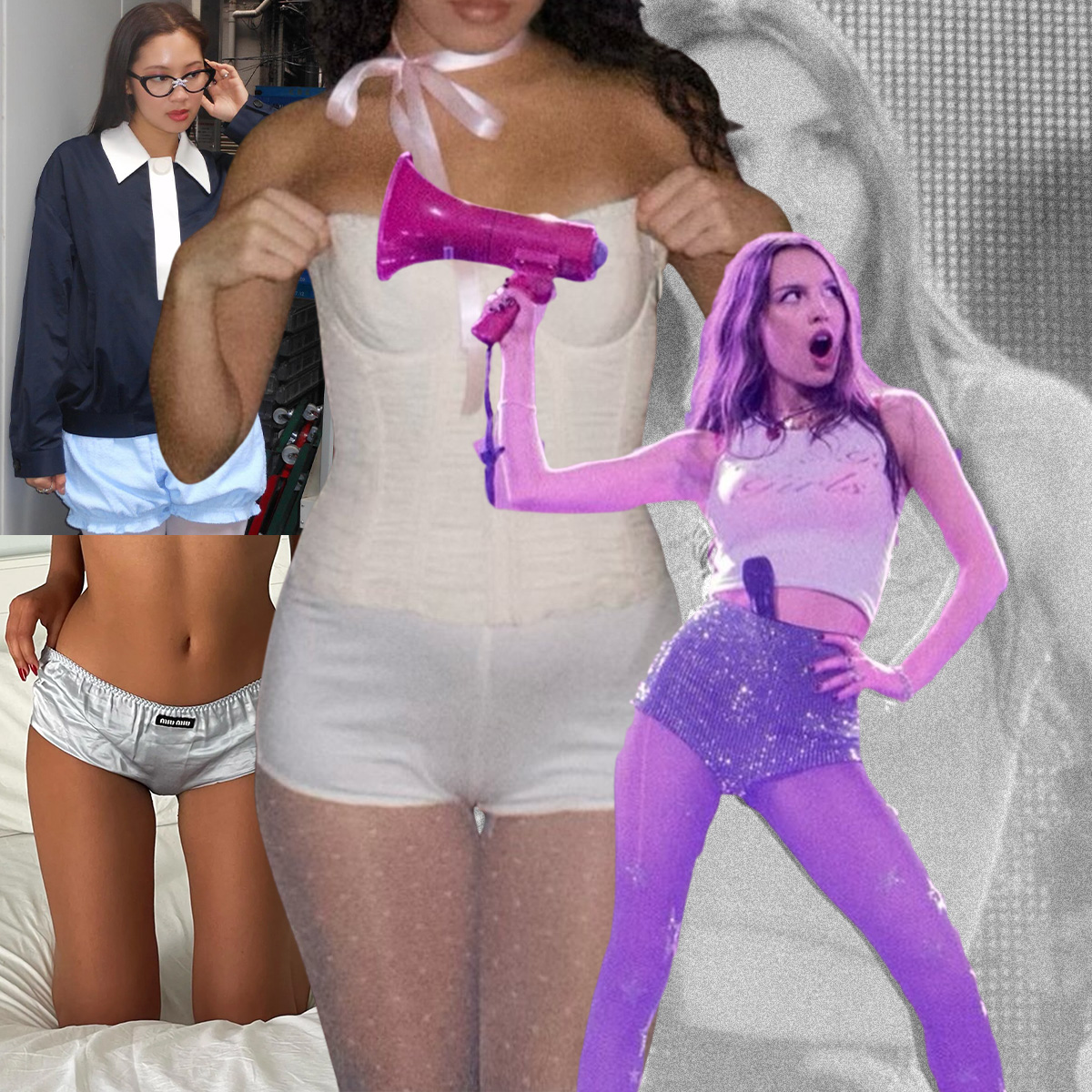How Ivy Style Became One of the Civil Rights Movement's Most Powerful Weapons

As easy as it is to write off fashion as either frivolous or strictly utilitarian, clothing is and always has been more complicated than it appears. No matter the style, material, or silhouette, intentionality and deeper meaning will forever exist behind the guise of the garments we wear. Too often in America, however, the narratives surrounding the significance of certain styles derive only from a single lens—particularly, a white lens—thus leaving integral aspects of their lineage redacted or even erased in fashion’s history books and culture as a whole. This erasure is but a microcosm of the larger issue of racism that’s inherent in our society.
Such has been the case with Ivy style, an aesthetic that despite outfitting many of the most prominent Black figures in the Civil Rights Movement (within music, entertainment, education, and more in midcentury America) continues to this day to be thought of as a look primarily worn by the well-to-do white communities that settled in New England. This stems in large part from its origins, which, as the name alludes to, are Ivy League universities. As these institutions were still made up of mostly white students at the time, they became the demographic most often tied to Ivy style, which, in short, combined the effortless class of an Oxford button-down, loafers, and khaki pants (from brands still in operation today like Brooks Brothers and J.Press) with the sportswear associated with collegiate athletics. But it took more than simply wearing Ivy-style pieces to master the look—true Ivyists understood that styling was at the center of the trend.
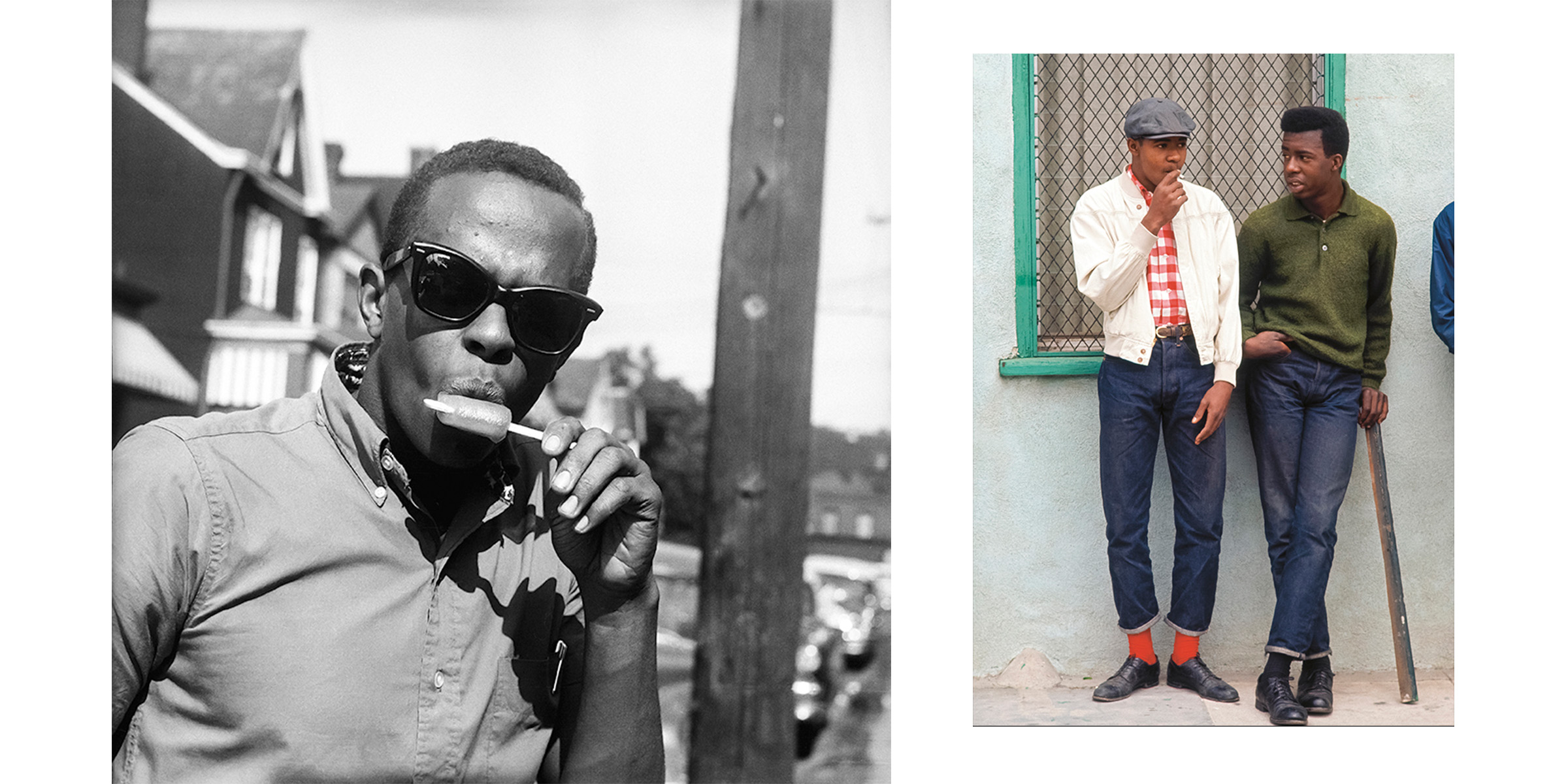
In Take Ivy, an Ivy style bible of sorts originally released in Japan in 1965, photos taken by Teruyoshi Hayashida on eight different Ivy League campuses display men sporting this hybrid look with the type of ease only someone who’s utterly carefree and unbothered can exude. In many ways, this style of dressing was a true marker of privilege. Students didn’t need to dress up too formally or put too much care into how they looked as long as it remained within their university’s unofficial dress code. Their campuses were a bubble, where the pressures of post-collegiate life didn’t yet exist and socks didn’t need to be worn with loafers. "The university authority does not seem to be impressed with this [laissez-faire way of dressing], but it appeared to us that Ivy Leaguers feel no need to dress up for classes as long as they don’t look too scruffy,” the authors of Take Ivy, who traveled to these campuses from Japan to document Ivy style in its natural environment, explain in the book. There was an uncouthness about it all, yet students were still considered respectable and sophisticated, which came with attending an Ivy League school.
The authors of Take Ivy go on to explain that the aesthetic extended far past college campuses, as graduates from Ivy League universities went on to start careers in New York City and Boston. Though its roots grow on those eight college campuses in New England, Ivy was the product of East Coast living, in general. "In order to entirely understand the spirit of ‘Ivy,’ you must appreciate and master all aspects of American East Coast culture,” the book reads. "One may wonder if there is an unwritten dress code among Ivy Leaguers, businessmen, and executives since they are invariably dressed in the Ivy style.” Though the style matured, going from casual to more formal as students graduated and went on to begin their post-collegiate lives, it all remained Ivy-esque. With this in mind, one thing becomes clear: Ivy was the dress style of America’s elite, from the classroom to the boardroom.
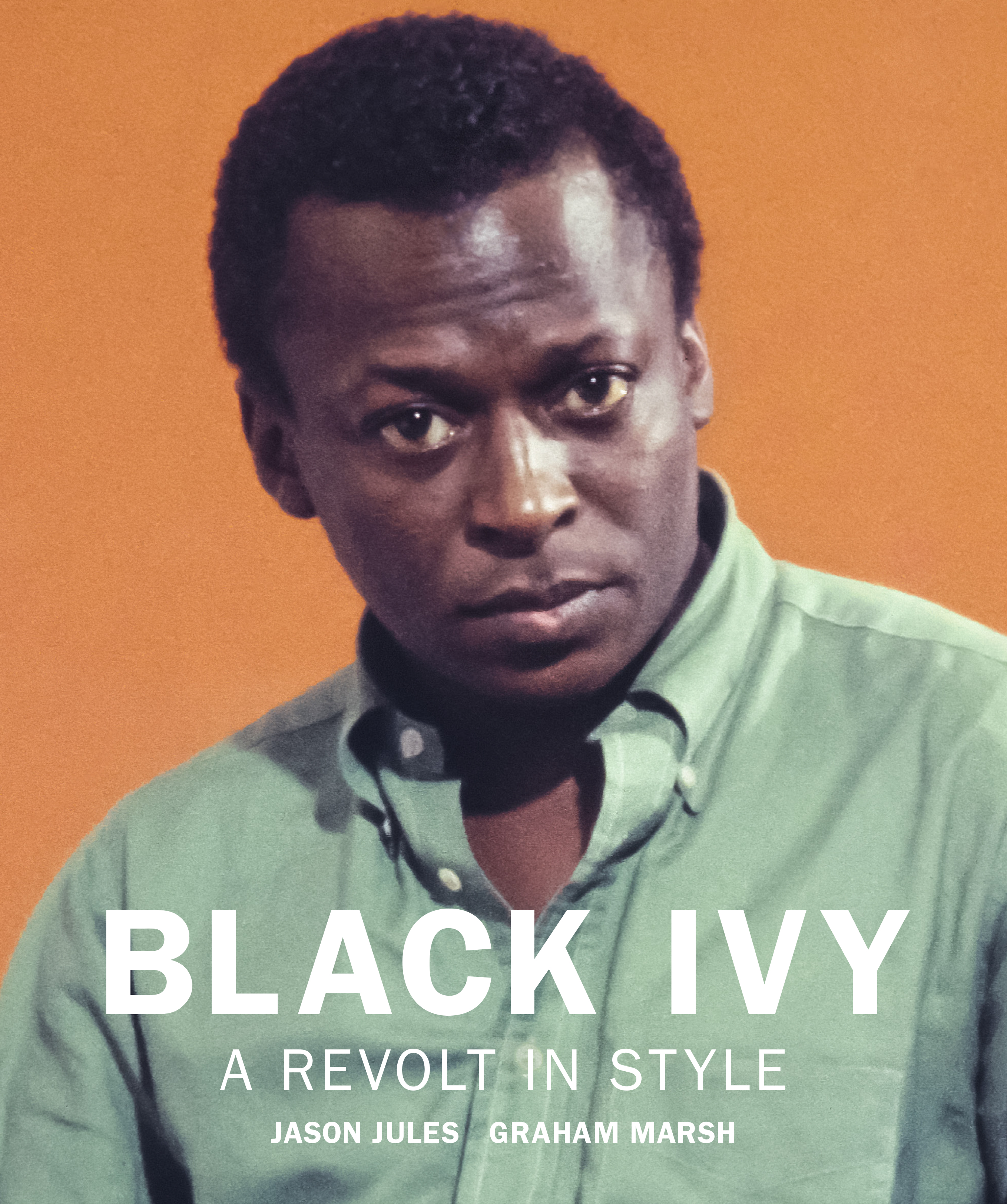
What’s often left out from the Ivy narrative is that students who attended Black Ivy League colleges like Morehouse, Howard, and Spelman, a women’s college, followed similar style codes, though they had a tendency to change and enhance the traditional Ivy look, making it their own by taking inspiration from influential Black jazz musicians like John Coltrane, Miles Davis, and Sonny Rollins. Like with traditional Ivy, Black Ivy became the preferred dress code of those who had either graduated from their Black Ivy League universities and moved on to careers in areas like politics, law, and education or simply adopted the style due to its growing popularity in mainstream culture.
"When the Civil Rights Movement began, its leaders, whether intentionally or unintentionally, chose Ivy as their uniform in order to communicate that Black people are equal and deserving of respect and to juxtapose the horrible treatment they were receiving under Jim Crow laws,” says Taniqua Russ, the host of the podcast Black Fashion History. "Being dressed in what was reserved for the upper echelon and educated of white society drew attention, and, in a sense, helped civil rights leaders be heard because they didn't look like what society expected Black people to look like.” This strategy is often referred to as respectability politics, or the act of minimizing perceived differences between the minority and the majority by adopting the principles set by the majority. Civil rights activists such as Dr. Martin Luther King Jr., James Forman, and Ralph Abernathy were consistently seen in dark-colored suits, straight ties, pressed trench coats, and cuff links, thus adhering to the dress codes that white leaders in government (oftentimes graduates of Ivy League institutions) had set. "While it played on respectability politics and oppression still continued, I think [this] was necessary to reach the audiences that people like Dr. King, John Lewis, and Reverend Abernathy were able to reach,” says Russ of dressing in Ivy. "Dr. King had the ear of many U.S. presidents, and I think that is in part due to how the movement was presented, with Ivy style being a part of that.”
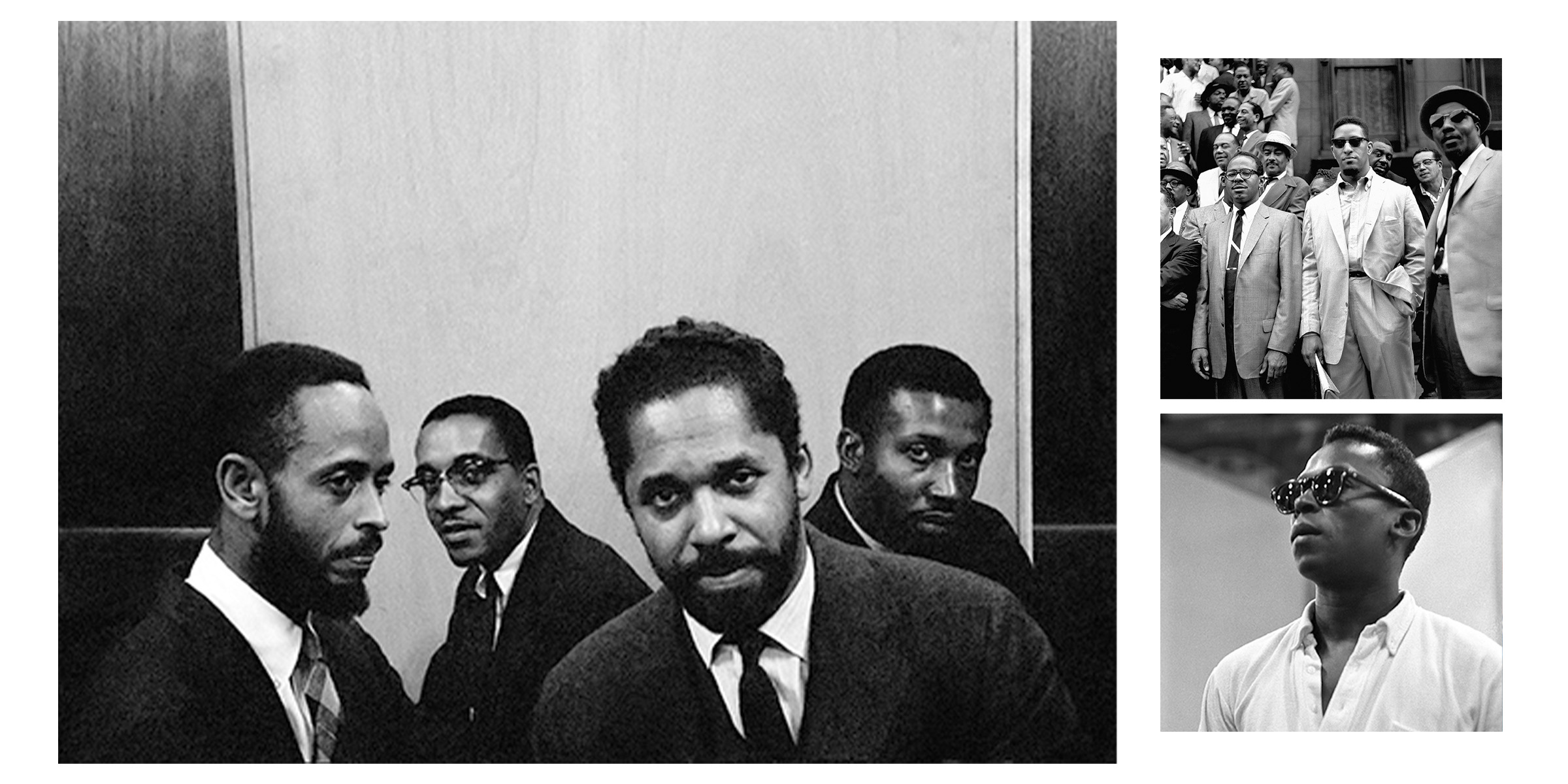
In Black Ivy: A Revolt in Style, author Jason Jules curates visual examples of Black Ivy at marches, boycotts, and sit-ins throughout the Civil Rights Movement, in which you can clearly see the prevalence of the post-collegiate Ivy look. "Instead of fighting violence with violence and prejudice with hate, [civil rights activists] used the subversive force of style as their weapon of choice,” he writes, reiterating, in a way, Russ’s above point. "That style created an epic cognitive dissonance among those who preferred to see African Americans as inferior and exhibit fear or rage in the face of abuse.”
Though their attempts to dress in a manner that showcased the equality they rightfully deserved weren’t always met with the respect their pinned-up style called for, Black Ivyists persisted, continuing to dress in Ivy and tailor it to fit the movement’s needs. One example of this arrived when students and activists from northern states began traveling south to assist the Student Nonviolent Coordinating Committee (SNCC) and the Congress of Racial Equality (CORE) in an effort to increase voter registration in rural areas. There, Jules explains in Black Ivy, students had to adjust their Ivy uniforms to fit their new surroundings. Sharecroppers in the south didn’t wear flannel suits; instead, they outfitted themselves in gear fashioned for utility—from overalls and jeans to work boots and chambray shirts. In turn, these activists did too. "By wearing these clothes, they were saying yes, even farm workers in the remotest rural south have just as much right to vote, fair wages, and a decent education as anyone else in the United States,” Jules writes. As such, workwear became an integral part of Black Ivy and, because of that, Ivy as a whole.
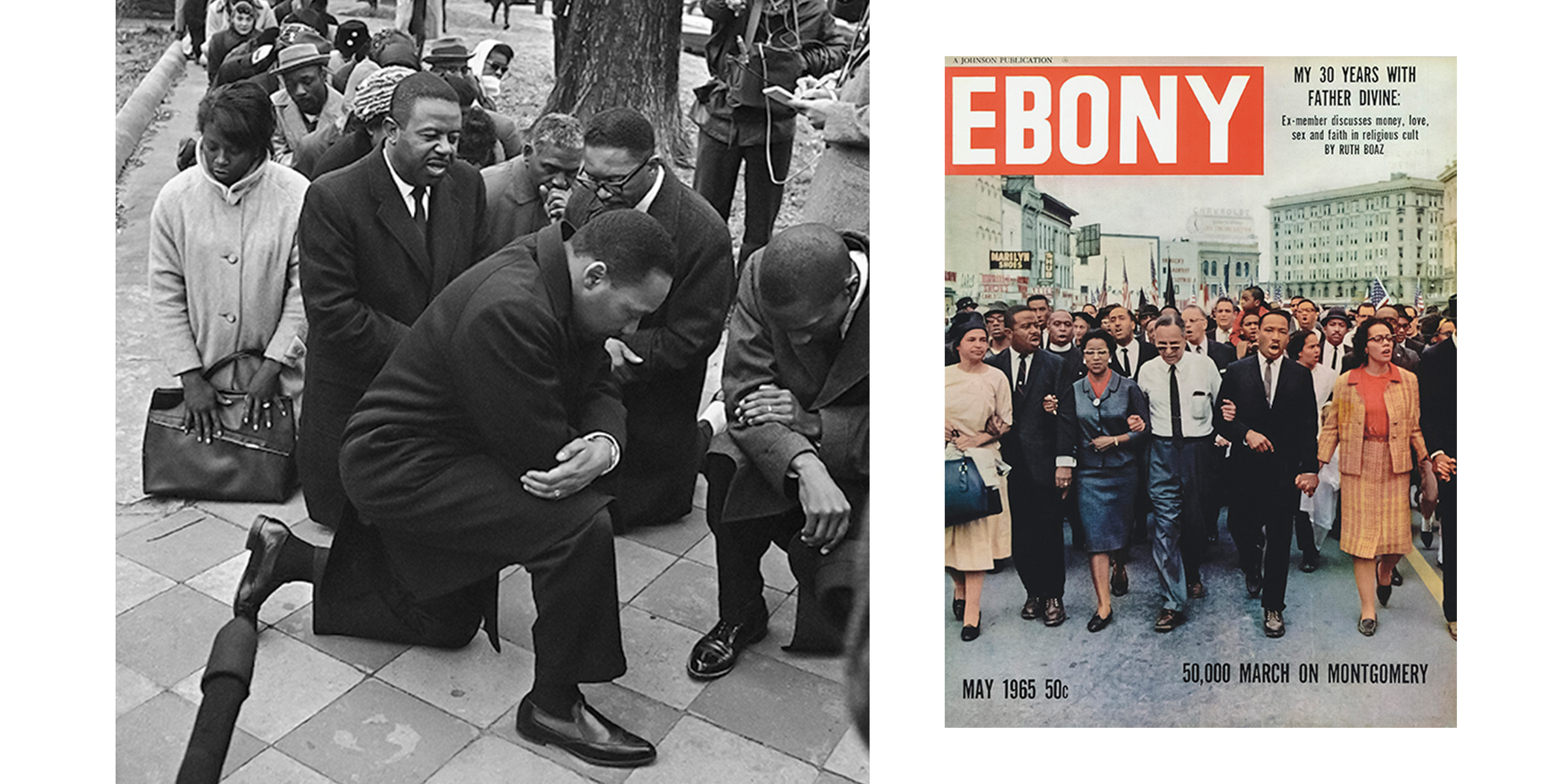
But dressing to fit the mold didn’t sit well with everyone. While Black Ivyists suited up in tweed and flannel to peacefully fight for their rights, members of the ever-growing and often misunderstood Black Panther Party chose another uniform designed to "present an image,” says Russ. But instead of the power, respect, and equality that Black Ivyists were dressing for, Russ says that members of the Black Panther Party "wanted to present an image of power, resistance, and a celebration of Black aesthetics and culture.” According to her, both groups used fashion to visually represent their power in different ways.
Eventually, though, following the assassination of Dr. King on April 4, 1968, some activists came to realize that respectability politics—and with it, dressing in Ivy—wasn’t working out in the way that they’d hoped it would. "Dashikis and berets would replace button-downs and trilbies as the clothing of rebellion,” Jules writes in Black Ivy, referring to the pieces associated with the Black Panther Party. According to Russ, the uniform of the organization "was a way to give a proverbial middle finger to white America and the policing of Black bodies,” she says. "They stood strong in not conforming to societal standards or bowing to respectability politics, and this showed through their all-black clothing, Afros, and African-inspired dress.” As time went on, this mode of dress became the look most associated with the movement, and thus, as Jules noted in the book, replaced the Ivy style that had once defined it.
Of course, Ivy style, and therefore Black Ivy, never really went away. In the decades since, the sartorial pendulum has swung countless times in favor of Ivy, a look that, today, is one of fashion’s most ubiquitous, specifically in menswear. Modern and heritage brands such as Drake’s, Ralph Lauren, Aimé Leon Dore, Rowing Blazers, Gant, Lacoste, Hackett, and G.H. Bass have all experienced highs in recent years. And while the role the Black community played in shaping Ivy remains a quieter part of the conversation surrounding the overall preppy trend, its influence can be easily spotted when you look at the way these brands are designing Ivy fashion today. In turn, the discussion around it grows louder by the day.
In 2022, Ralph Lauren collaborated with Black Ivy League universities, including Morehouse and Spelman, leading to the over 50-year-old brand’s first-ever all-Black campaign. Later that year, Drake’s released a capsule collection inspired by Black Ivy in collaboration with Jason Jules, who acted as the model for the associated campaign. It’s through these examples and more that people, specifically the fashion industry, are beginning to acknowledge and appreciate the role that the Black community played in shaping the Ivy preppy look that, as Take Ivy notes, was the "unwritten dress code” and the "one and only orthodox school of fashion” during the mid-twentieth century. Look around—in many ways, it still is.
This post was published at an earlier date and has since been updated.
Coming up: Fashion Is Dissent—How Style Played a Role in Equality Movements
Eliza Huber is an NYC-based senior fashion editor who specializes in trend reporting, brand discovery, and the intersection of sports and fashion. She joined Who What Wear in 2021 from Refinery29, the job she took after graduating with a business degree from the University of Iowa. She's launched two columns, Let's Get a Room and Ways to Wear; profiled Dakota Fanning, Diane Kruger, Katie Holmes, Gracie Abrams, and Sabrina Carpenter; and reported on everything from the relationship between Formula One and fashion to the top runway trends each season. Eliza lives on the Upper West Side and spends her free time researching F1 fashion imagery for her side Instagram accounts @thepinnacleoffashion and @f1paddockfits, watching WNBA games, and scouring The RealReal for discounted Prada.
-
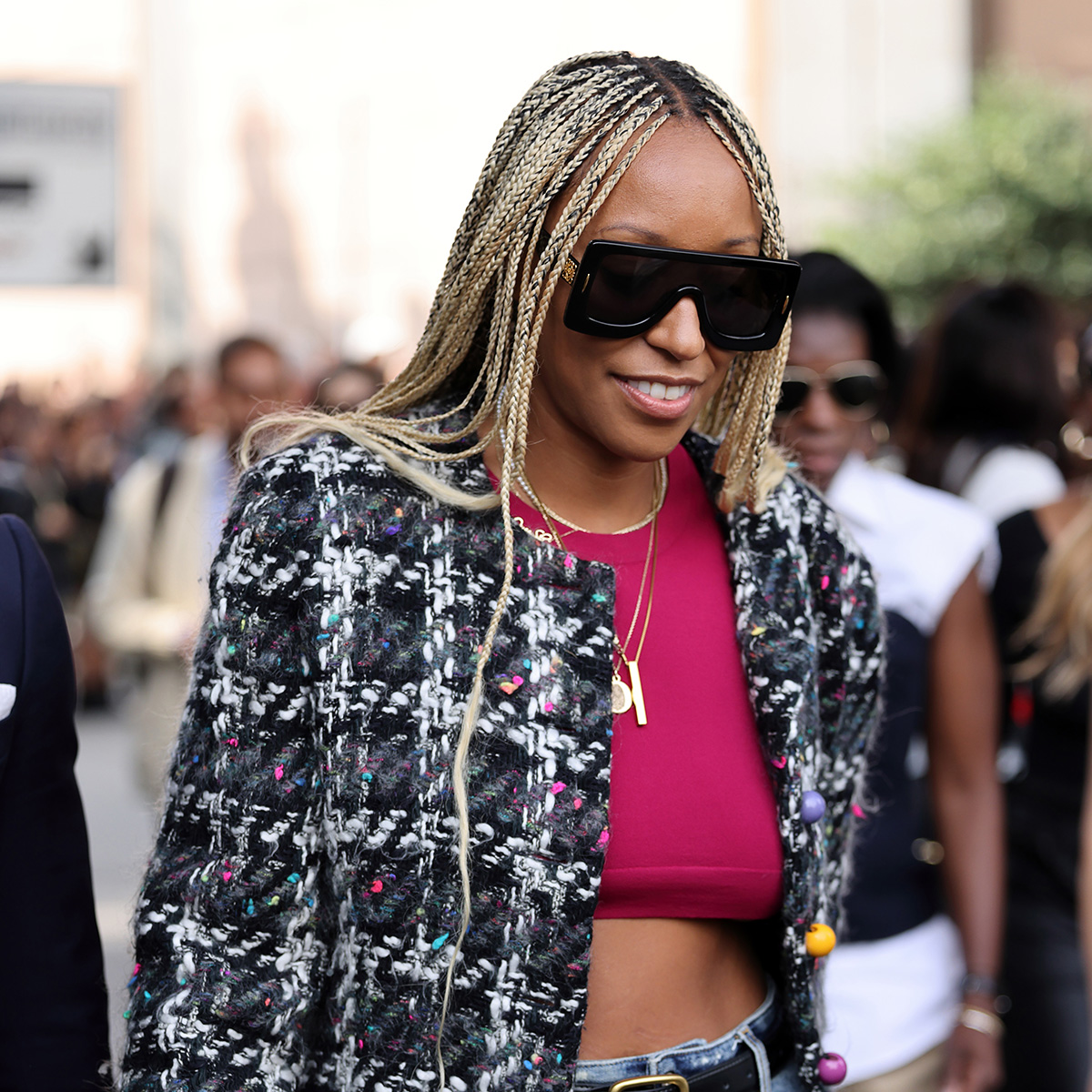 The Curvy Girl's Guide to Finding Pants That Fit Flawlessly
The Curvy Girl's Guide to Finding Pants That Fit FlawlesslyWaist gap, begone.
-
 Jamie Mizrahi's World: The Celeb Stylist's Favorite Red Carpet Look, Most Worth-It Shoe, and Album She Listens to on Repeat
Jamie Mizrahi's World: The Celeb Stylist's Favorite Red Carpet Look, Most Worth-It Shoe, and Album She Listens to on RepeatA modern-day style expert.
-
 How Everyone Will Be Wearing Their Non–Skinny Jeans This Spring
How Everyone Will Be Wearing Their Non–Skinny Jeans This SpringHere's your outfit inspiration.
-
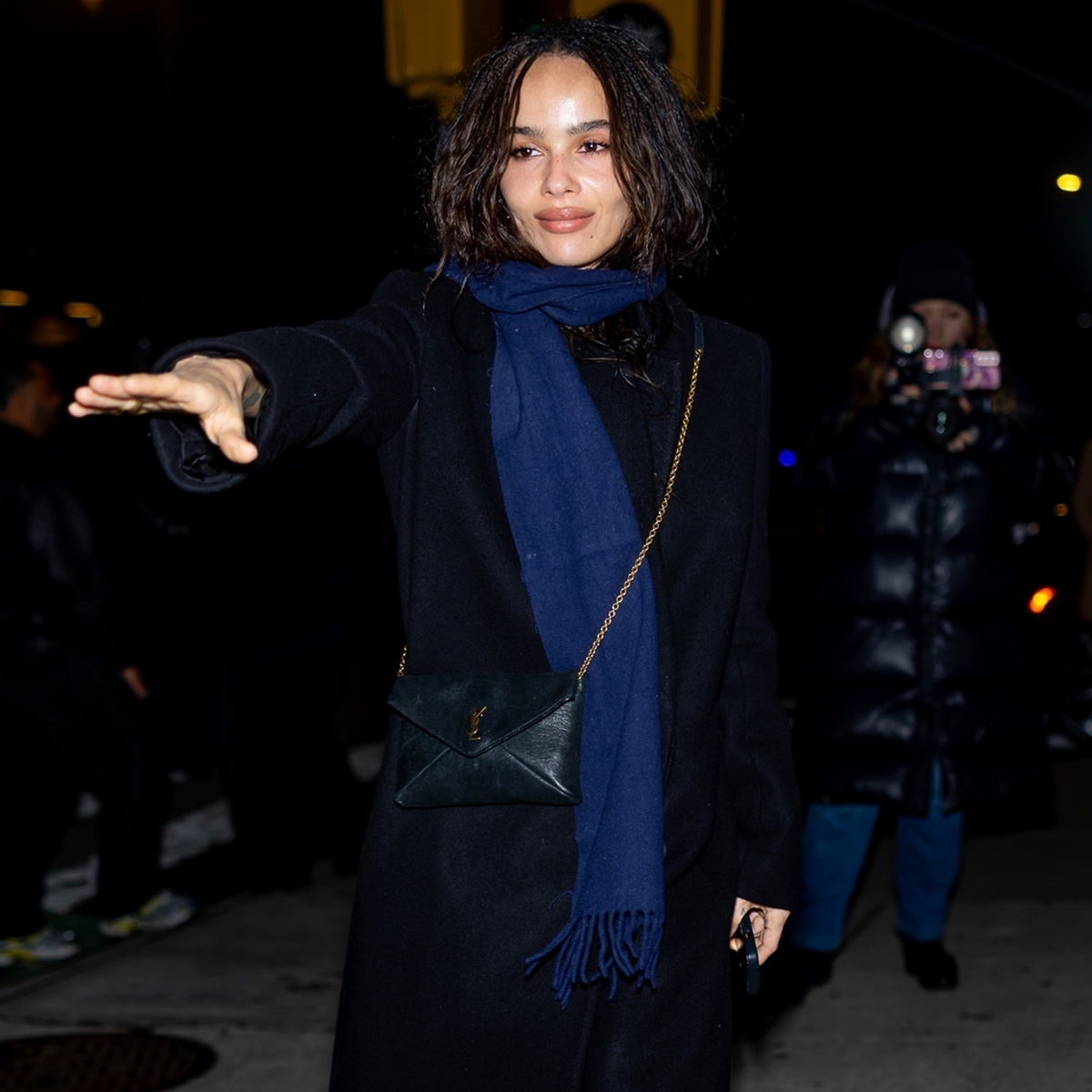 Suddenly, Women With The Row Style Are Breaking This Fashion Rule
Suddenly, Women With The Row Style Are Breaking This Fashion RuleYou should too.
-
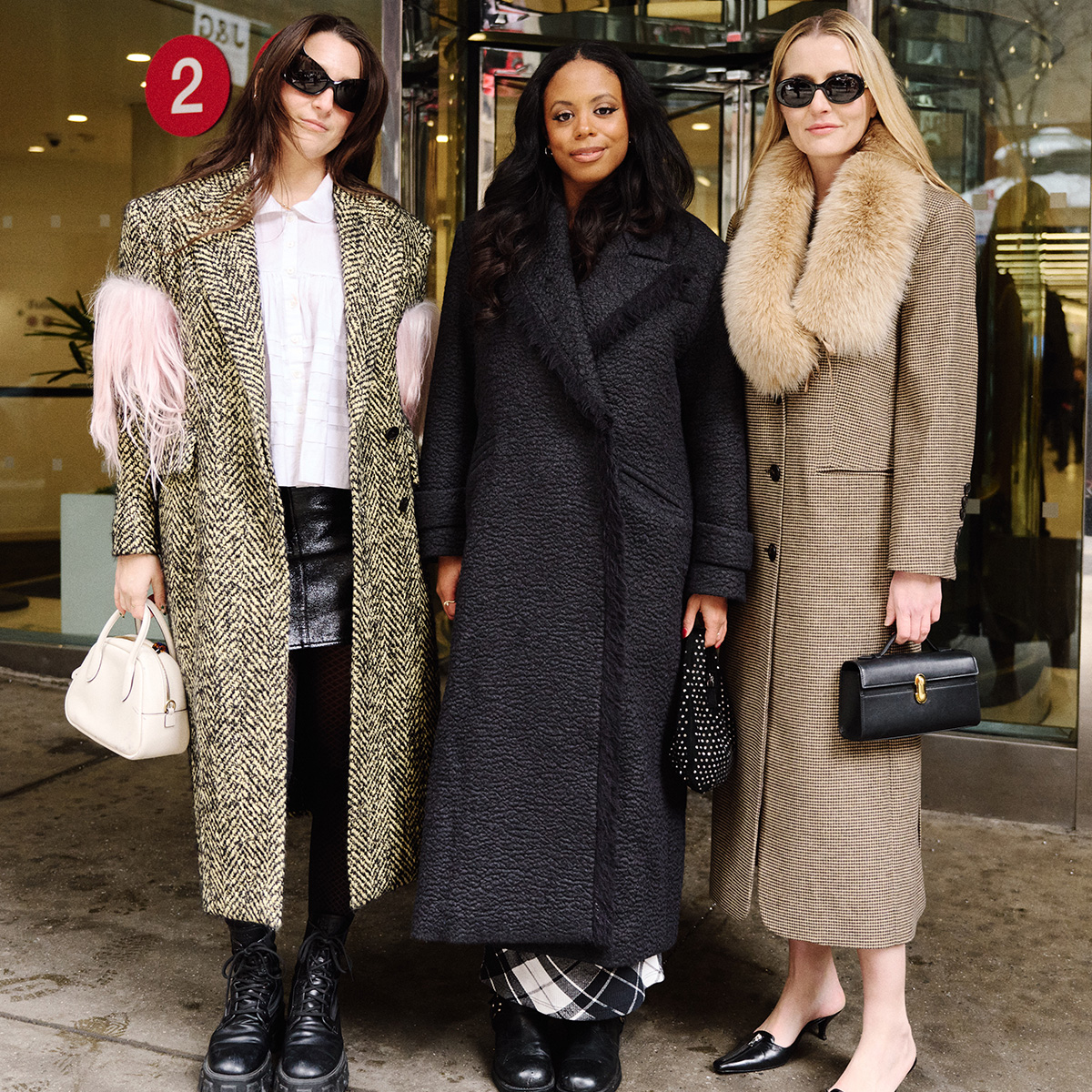 We're Fashion Editors—Everything We Saw, Wore, Did, and Ate During NYFW
We're Fashion Editors—Everything We Saw, Wore, Did, and Ate During NYFWLet's dive in.
-
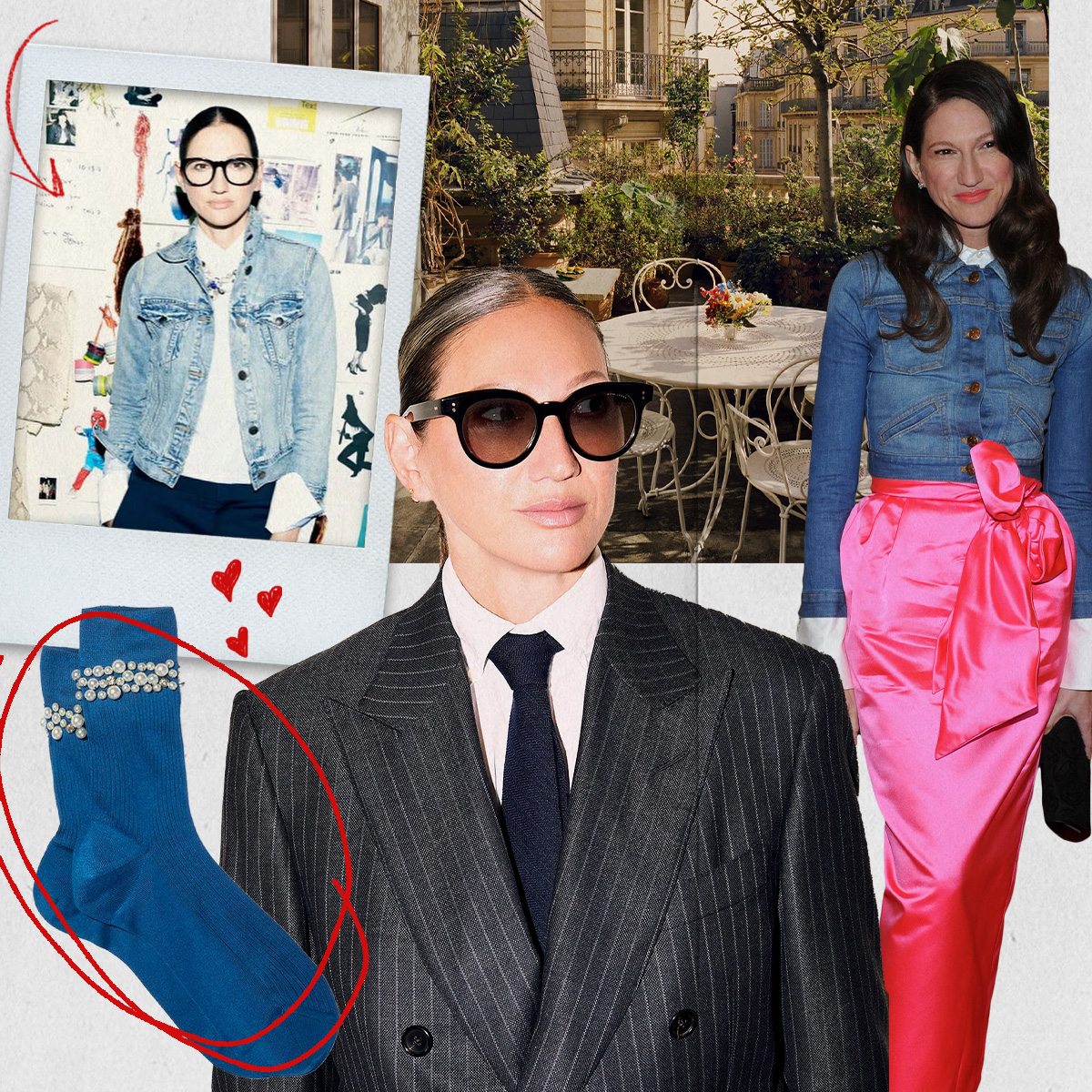 Jenna Lyons's World: Her Go-To Red Lipstick, Her Latest Eyewear Collab, and the J.Crew Pieces She Still Wears Today
Jenna Lyons's World: Her Go-To Red Lipstick, Her Latest Eyewear Collab, and the J.Crew Pieces She Still Wears TodayA true fashion icon.
-
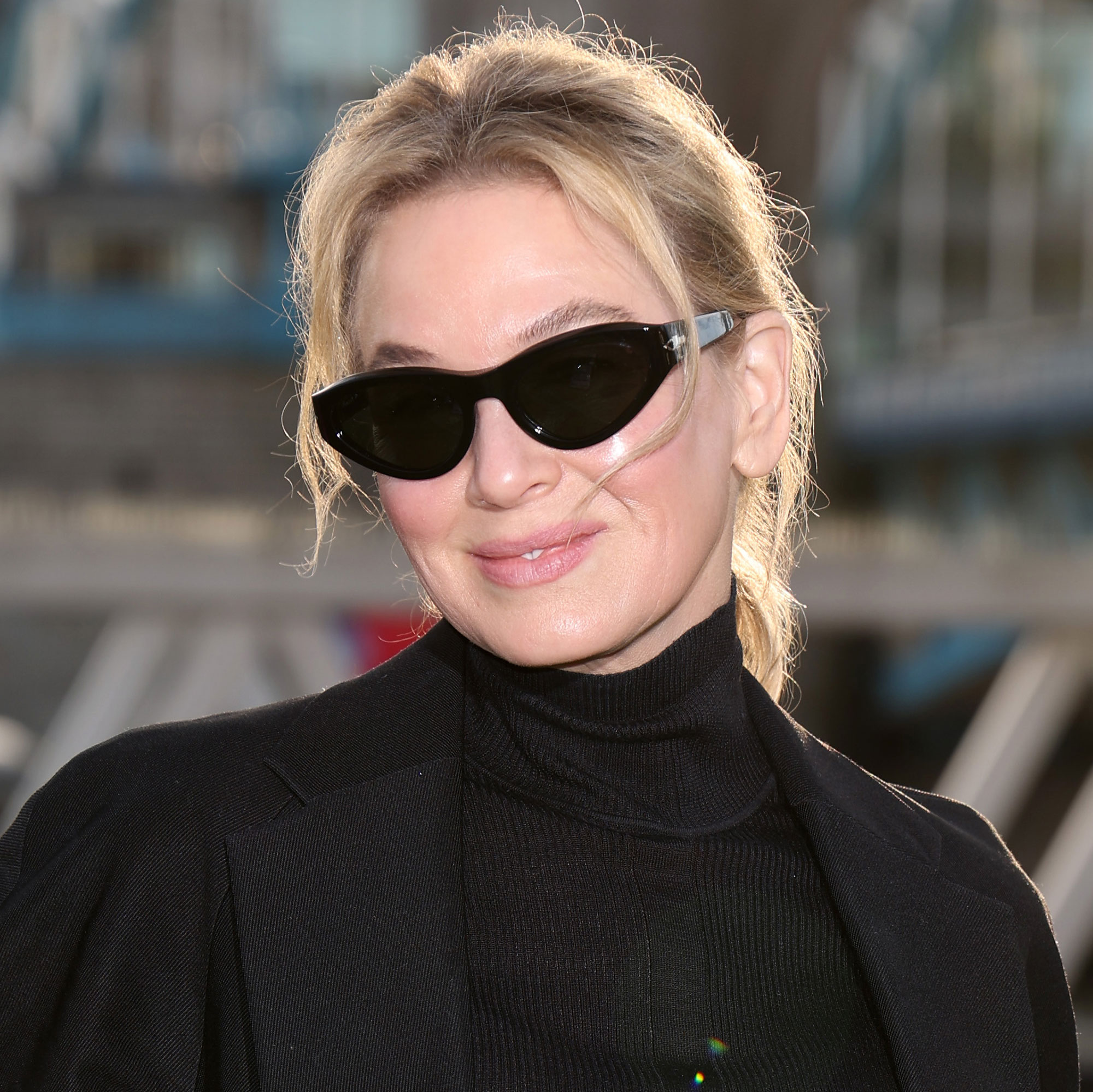 Not Into Trends? Renée Zellweger's Winter Outfit Combo Is 100% Classic
Not Into Trends? Renée Zellweger's Winter Outfit Combo Is 100% ClassicJust as you are.
-
 Emma Chamberlain's World: Her Warby Parker Collab, Two-Phone Rule, and Spiciest Fashion Takes
Emma Chamberlain's World: Her Warby Parker Collab, Two-Phone Rule, and Spiciest Fashion Takes"I just want to bring the most joy to people."

